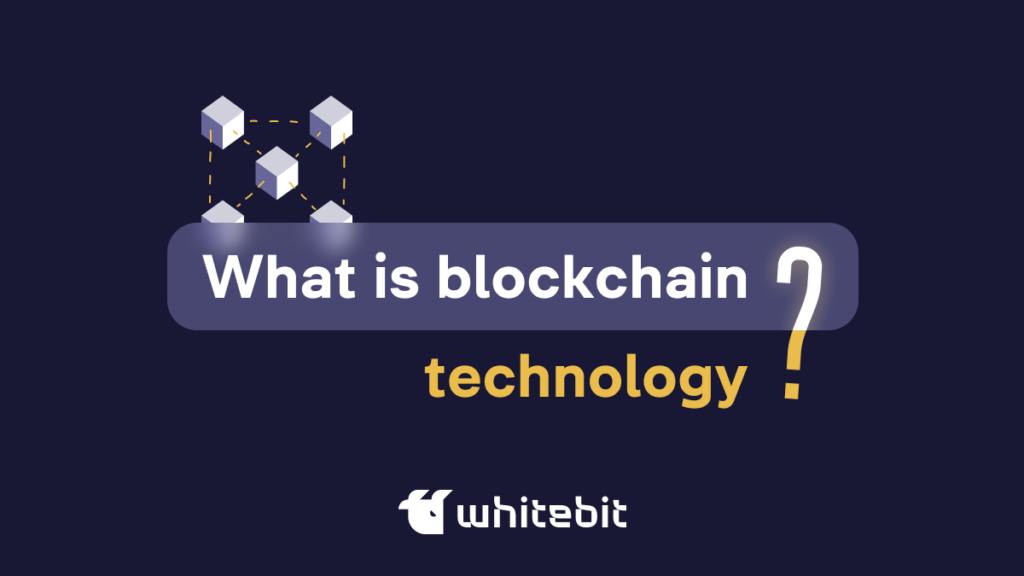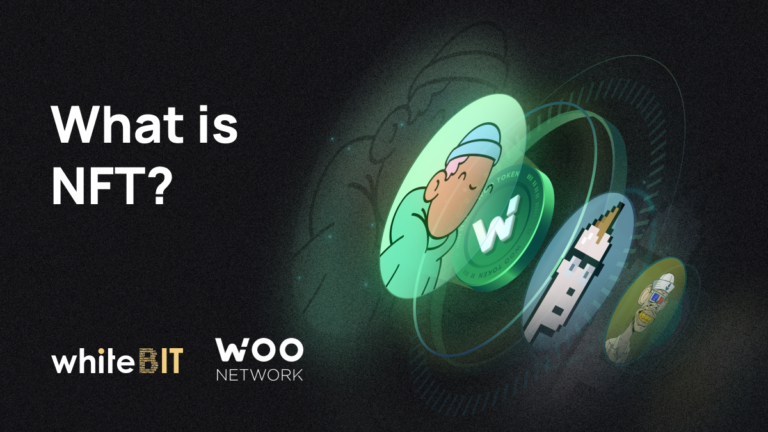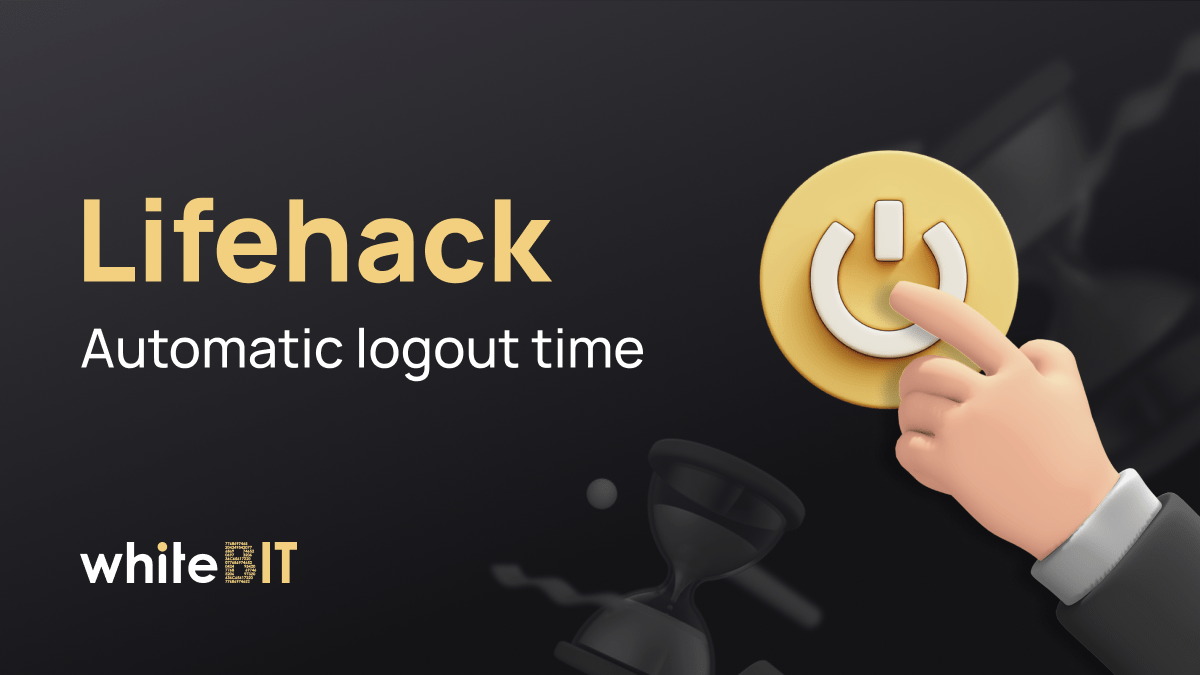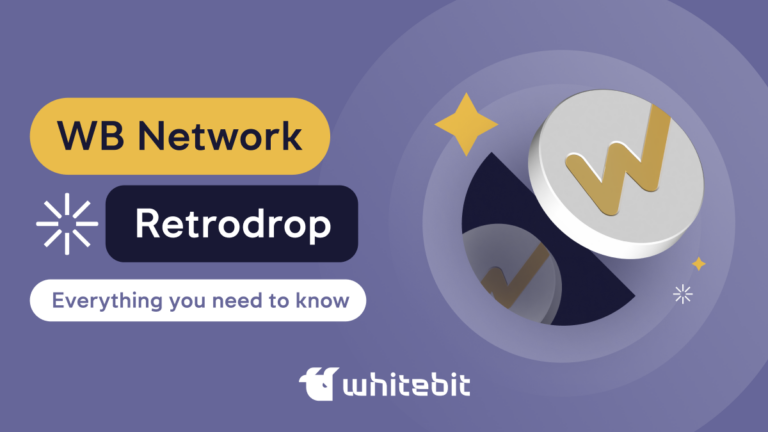What is Blockchain Technology, And How Does It Work?

Content
Blockchain is a decentralized information storage technology used in cryptocurrencies and other online applications. It is implemented as a chain of blocks, each containing a set of transactions and signatures and a hash from the previous block. This makes the blockchain immutable and secure from changes without the consent of all network participants.
Blockchain technology solves the problem of trust between network participants since all participants have access to the whole history of transactions, making it impossible to falsify or change data. This allows you to create a system that works without needing a third party or intermediary.
Structure and design
The structure and design of a blockchain can vary depending on the specific use case and requirements, but in general, they include the following:
Blocks
This is a dataset containing a set of transactions and a unique hash. A block includes a link to the previous block’s hash, creating a blockchain. This chain is stored simultaneously in different places and contains data on all transfers. To fake a transaction in one block, you must change all the files following it, which is almost impossible.
Transactions
Blockchain transactions are records of the value exchange between two or more parties. In the blockchain, transactions are grouped into blocks and added to the chain.
Nodes
Nodes are computers that run the software needed to maintain the blockchain network. They mine new blocks, confirm or cancel transactions, transmit data over the network, and store copies of the entire blockchain. Anyone who has installed the necessary blockchain software can act as a node.
Consensus algorithms
The consensus algorithm is the principle of operation of the blockchain, which ensures the network’s security and the consistency of data between nodes. This is necessary to maintain the integrity and security of the blockchain. Thanks to these principles, the system does not need administrators and central repositories. Consensus algorithms confirm the correctness of the information in each block of the system.
Developers have proposed many consensus algorithms, but the most popular are those based on the following:
- Proof-of-Work or PoW;
- Proof-of-Stake or PoS.
Hash functions
Hash functions are cryptographic algorithms that convert data into a fixed-length character string. In the blockchain, hash functions are used to create a unique hash for each block and to protect the blockchain from unauthorized access. The hash function is an essential part of any blockchain.
The input data is called the “key”, and the result of the hash function is a series of characters called the “hash”. Miners compute the hash to unlock a new block, earn rewards, and keep the system running.
For example, in the Bitcoin blockchain, keys are played by 64 characters, with numbers and letters A, B, C, D, E, and F. The Bitcoin hash function encodes these 64-character keys using the SHA256 encryption algorithm. The same algorithm generates bitcoin wallet addresses.
No one has yet managed to break this encryption model. Since each new block of the network contains the data of previous blocks, the theft or manipulation of information in the blockchain is almost impossible. In the foreseeable future, quantum computers may become a real threat to the security of decentralized systems.
Cryptographic signatures
Cryptographic signatures are mathematical functions used to authenticate a transaction. They are generated using the private key and can be verified using the public key.
The blockchain structure can also include various features such as smart contracts, which are self-executing contracts in which the terms of an agreement between a buyer and a seller are written directly into code, as well as private/public key encryption to ensure secure communication and data transfer.
In general, the structure and design of the blockchain aim to provide a secure and decentralized system for storing and transferring information that provides trust between parties without the need for intermediaries.
Types of blockchains
Public blockchains
Public or public blockchains are decentralized, any organization or person does not control them, and users can remain anonymous. The public blockchain has several advantages. Anyone with an internet connection can use it. All transactions are recorded and cannot be changed. In addition, the network is secure — there are too many nodes for an attacker to gain control of a decentralized network.
Low bandwidth is one of the most significant disadvantages of public blockchains. This is due to an attempt to reach a consensus with a disparate group of users. Another drawback is the high consumption of electricity that public blockchains consume when users mine cryptocurrency on the network.
The most famous examples of a public blockchain are Bitcoin and Ethereum. Both blockchains are open source, which can be viewed and used by every user.
Private blockchains
A private blockchain is a type of blockchain network in which access to the network is restricted and closed to the public. Unlike public blockchains, which are open for anyone to participate in and verify transactions, private blockchains are typically used by organizations for specific purposes. For example, supply chain management, financial transactions, or data exchange.
In a private blockchain, the network is maintained by a consortium of organizations or individuals, and only approved participants are allowed to join the network and confirm transactions. Participants must have permission from a network administrator to join and meet certain criteria, such as having the necessary technical skills or meeting specific business requirements.
Private blockchains offer several advantages over public blockchains — faster transaction speeds, greater scalability, and more customization options. They also provide a secure and controlled environment for sensitive information.
Blockchain consortiums
In a blockchain consortium, the network is run by organizations working to validate transactions and maintain the network. These organizations may include businesses, government agencies, or other organizations. They also have varying degrees of control over the network, depending on their role and level of trust in the consortium.
Blockchain consortiums offer a compromise between the transparency of public blockchains and the privacy of private blockchains. They provide a more secure and controlled environment than public blockchains while maintaining decentralization and trust in the network.
Hybrid blockchains
Hybrid blockchains are a network that has elements of both private and public blockchains. They combine the security and transparency of public blockchains with the control and privacy of private blockchains.
In a hybrid blockchain, some parts of the network may be open to the public to verify transactions, while other blocks may have restricted access.
Hybrid blockchains provide a higher level of scalability and efficiency than public blockchains and allow the network to be customized to meet specific business requirements.
How does blockchain work?
Here is how blockchain works at a high level:
Transactions
A transaction is any exchange of value, such as money, assets, or data, between two parties. In the blockchain network, transactions are grouped into blocks.
Blocks
Each block contains a group of transactions and a unique code called a “hash” that identifies the block and its contents. Once a block is filled with transactions, it is added to the existing blockchain.
Examination
Before a block can be added to the blockchain, it must be verified and validated by network participants, known as “nodes” or nodes. The verification process is called consensus and ensures that the block transactions are valid and that the state of the blockchain is updated accordingly.
Decentralization
The key feature of the blockchain is its decentralized nature. The blockchain network is distributed over many nodes; no single node controls the network. This allows for a more secure and transparent system, as there is no central point of failure or control.
Immutability
Once a block is added to the blockchain, it cannot be changed or deleted. This makes the blockchain an immutable record of all transactions that have taken place on the network.
In summary, blockchain is a secure and transparent system for recording transactions between multiple parties without a central authority or intermediary. The technology uses a decentralized network of nodes to validate transactions, which are then added to the immutable blockchain.
Blockchain use cases
Blockchain technology has a wide range of possibilities. In addition to being used in the crypto sphere, it is already actively used in medicine, education, and logistics. Let’s take a closer look at these and other applications:
Logistics
Blockchain can be used to create a tamper-proof record of all transactions in the supply chain, increasing efficiency, accountability, and transparency.
Medicine
Blockchain can be used to securely store and manage electronic health records and track the distribution of medicines to ensure their authenticity and safety.
Real estate
The technology helps streamline the process of buying, selling, and managing real estate by creating a tamper-proof record of all transactions.
Digital identity
Blockchain can be used to create secure and tamper-proof digital identities, helping to protect personal information and prevent identity theft.
These are some of the many potential technology application areas. As the blockchain continues to develop and improve, new areas will soon be found.
Pros of blockchain
Data integrity
Blockchain technologies are designed in such a way that any block or even transaction that is added to the chain cannot be edited, which ultimately ensures a high level of security.
Freedom from censorship
Blockchain technology is considered free from censorship because it does not control any one party but has the concept of trusted nodes for verification and consensus protocols that validate transactions using smart contracts.
Easy verification capability
Blockchain is used to store information decentralized. Anyone can verify the correctness of the information using a zero-knowledge proof, whereby one party proves the correctness of the data to the other party without revealing anything about the data.
Distribution
Since blockchain data is often stored on thousands of devices in a distributed network of nodes, the system and data are highly resistant to technical failures and malicious attacks.
Cons of blockchain
While blockchain technology has many advantages, it also has some disadvantages to consider:
Scalability
Blockchains can only process a limited number of transactions per second (TPS). The Bitcoin blockchain can handle 3 to 7 TPS, while Ethereum can handle 13-15 TPS. To solve problems with scaling the Ethereum network, they use second-layer solutions (Layer 2), which can process tens of thousands of transactions per second. L2 blockchains include Polygon, Arbitrum, Optimism, and others.
Complexity
The underlying blockchain technology is difficult for people far from the technology world. This may become an obstacle to its mass implementation.
Power consumption
Verifying transactions on a blockchain, known as “mining”, is quite energy intensive.
Regulation
Blockchain technology is still in its early stages of development, and it is unclear how it will be regulated. This regulatory uncertainty can be a problem for organizations considering using blockchain.
Compatibility
Different blockchain networks are currently incompatible, making it difficult to transfer value or information between them. This need for interoperability can be an obstacle to wider technology adoption.
Safety
While blockchain technology is secure by design, there have been instances of hacks and security breaches on some networks.
Bottom line
In conclusion, blockchain technology is a decentralized, distributed ledger system that allows for secure and transparent transactions without the need for intermediaries. It works by using cryptographic algorithms to validate and record transactions on a network of computers, known as nodes. Once recorded, the transactions are permanent and cannot be altered or deleted without consensus from the network. Blockchain technology has the potential to revolutionize industries ranging from finance to healthcare, and its applications continue to expand as new use cases are discovered.
FAQ
The technology was first described in the Bitcoin White Paper, published in 2008.
Public blockchains are decentralized open-source networks in that anyone can participate. They allow anyone to verify transactions, add new blocks to the chain, and have full transparency into the history of the blockchain. In turn, private blockchains are centralized networks owned and operated by a single entity or consortium. Access to these networks is limited, and the ability to verify transactions and add new blocks to the chain is limited to a select group of participants.
The development of blockchain technology is attributed to a person or group using the pseudonym Satoshi Nakamoto.
Node is a device or computer necessary to maintain the blockchain network. Its primary function is to distribute and store data between other nodes.
There are four types: public, private, blockchain consortium, and hybrid.
A blockchain platform is a software or application that provides the infrastructure for building and running decentralized applications on top of a blockchain network.
Blockchain and bitcoin are related but different concepts. Blockchain is a technology that enables the secure and transparent storage and transfer of information or assets in a decentralized manner. In turn, Bitcoin (BTC) is a cryptocurrency that uses the blockchain as the underlying infrastructure.








